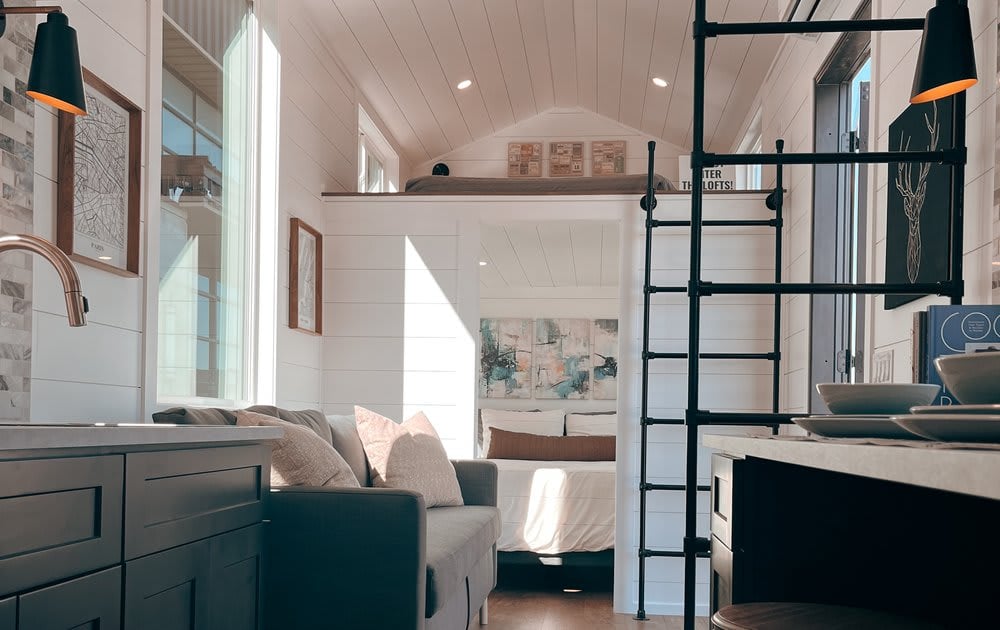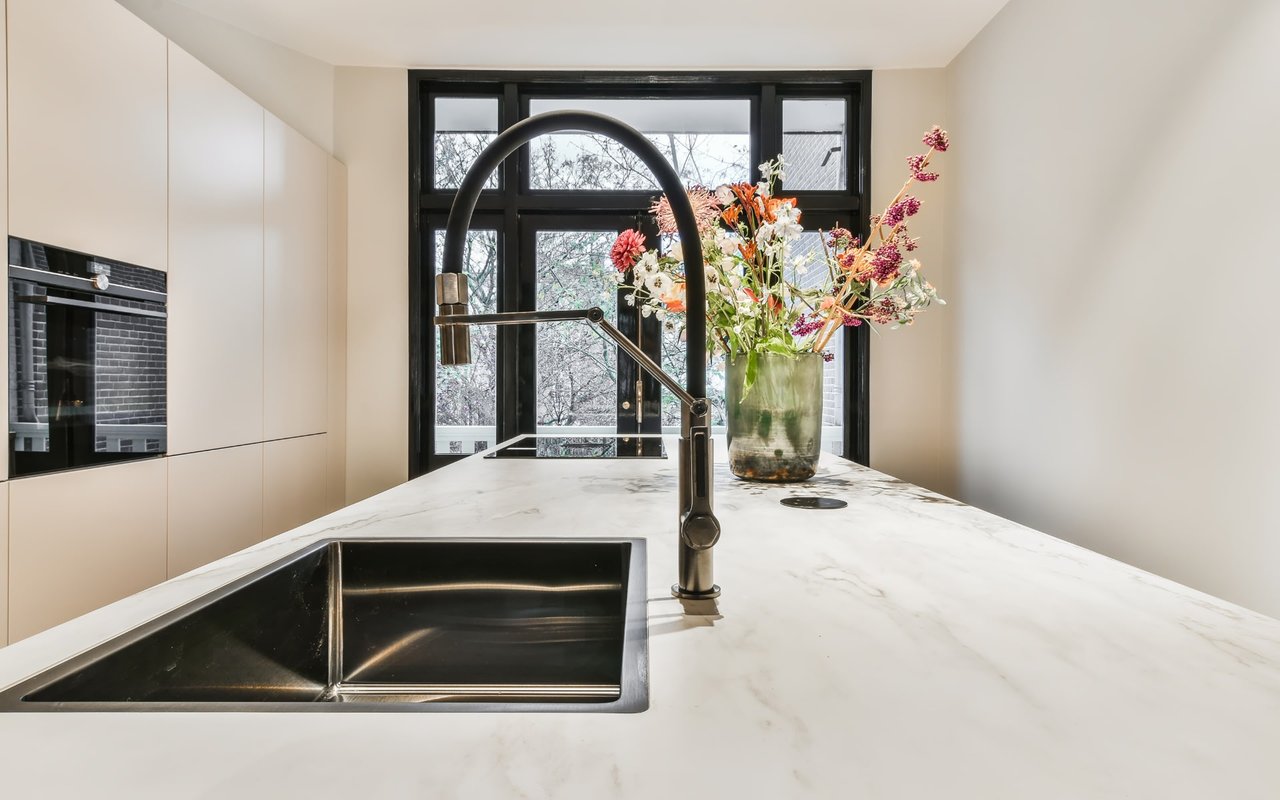
The New Trend in Housing: Barndominiums, Container Homes, and Tiny Houses
Buyers Leo Pacheco September 16, 2024

Buyers Leo Pacheco September 16, 2024
Tiny homes, barndominiums, and container homes are part of a growing trend in alternative housing, each offering unique advantages in terms of cost, flexibility, and sustainability. Let’s explore how these innovative options fit into the world of alternative housing options:

Tiny homes are small, compact houses typically ranging from 100 to 400 square feet, designed for minimal living. They emphasize simplicity and efficiency, often built on wheels for mobility but can also be constructed on permanent foundations. Perfect for those who want to downsize their lives, minimizing possessions, and lower utility costs, tiny homes are relatively affordable, with average prices ranging from $30,000 to $70,000, though DIY builds can be even cheaper.
Many tiny homes are built on trailers, making them mobile like traditional mobile homes. However, they tend to be much more customizable and modern, and often incorporate energy-sustainable practices, such as using solar panels or composting toilets, and have a smaller carbon footprint due to their size, appealing to environmentally-conscious buyers, minimalists, and those interested in living off-the-grid.
Due to their size, space is, of course, quite limited, which means accommodating guests or conducting social activities may be limited to outdoors.

Barndominiums (or "barndos") are a combination of barns and condominiums, often repurposing metal or steel barns into modern living spaces, creating a hybrid living-work environment. They provide a rustic aesthetic with a highly customizable interior, commonly found in rural areas.
Many barndominiums feature large, open spaces with high ceilings, which can be fully customized into homes, workshops, or even horse stalls, and can be designed to look and feel like a traditional home, with custom floor plans, high-end finished, and modern appliances and features. Often cheaper than building a traditional home, barndominiums offer durability and low maintenance costs, appealing largely to buyers living in harsh weather-prone areas, or those who desire a durable, cost-effective home with ample space for hobbies, farming, and activities.
The one drawback may be higher energy costs due to their typically larger size and air space. However, many owners often mount solar panels to the roof to save on energy costs.

Container homes are growing in popularity as residential buildings made from repurposed shipping containers. With an emphasis on sustainable and eco-friendly construction, they provide a unique way to recycle used containers into livable spaces, promoting waste reduction. A single 20-foot container can provide 160 square feet of space, and multiple containers can be stacked or combined to create more space and larger homes.
Built from steel, shipping containers are extremely durable and can withstand harsh conditions, from high winds to earthquakes, making them a desirable option for those living in areas known for acts of nature. The cost of a basic container home can start as low as $10,000, but more elaborate designs with insulation, wiring, plumbing, and luxury finishes can increase the price, still making it an affordable option to consider. Plus, because containers are prefabricated, they can be quickly transformed into homes easily with on-site assembly that can take weeks rather than months, a significant advantage for those looking to move in fast.
With a modern, industrial aesthetic, container homes are particularly popular in urban areas or among people seeking off-the-grid or eco-friendly living solutions and buyers who prioritize sustainability and industrial design. They also appeal to those who need affordable, quickly constructed housing in both urban and rural areas.
Choosing the Right Alternative Home
These alternative housing options offer flexibility, affordability, and eco-friendly living. In contrast to the more regulated traditional options, these homes often require research into local zoning laws and building codes, as they may face more scrutiny when it comes to placement or permanent residency. However, the growing interest in these alternatives is driving a shift toward more accommodating regulations.
Each of these housing types offers a distinct living experience and a way to think outside the traditional homeownership box, whether you’re looking to simplify, customize, or embrace an alternative lifestyle.
If you are open to exploring alternative homes, let us know! We're here to help you find options and availability in your area of Central Florida.
-- Photos courtesy of Unchartered Tiny Homes, Custom Container Living, and Worldwide Steel Buildings.

Agents
Odyssey's Plan to Combat Annoying Agents Begging You for Your Business

Buyers

Sellers

Buyers

Buyers

Home Owner

Buyers

Buyers

Buyers
As a seasoned professional, Leo offers a unique blend of industry knowledge and personalized service, ensuring every client’s journey is seamless and successful. Join forces with Leo and elevate your real estate experience to new heights.